Year 1 Bulletin
Mathematics

Year 1 Bulletin
Mathematics
Learning Intention: To use the strategies of counting on and counting back to find the total.
Learning Experience Overview:
In mathematics, we have been exploring different strategies we can use to solve simple addition and subtraction number sentences. Our main focus has been on counting on and counting back mentally, or with the support of a number line practising skip jumping along.
Whole:
Fluency Game: Closest to 10
Objective: This fluency game aims to practice basic addition and number sense by using a deck of cards to create a number that is as close as possible to 10. This was to help students build fluency with numbers and improve their understanding of addition and subtraction.
Materials Needed:
A standard deck of cards (remove face cards)
How to Play:
In a prior lesson, we watched the video above to learn how to play the game.
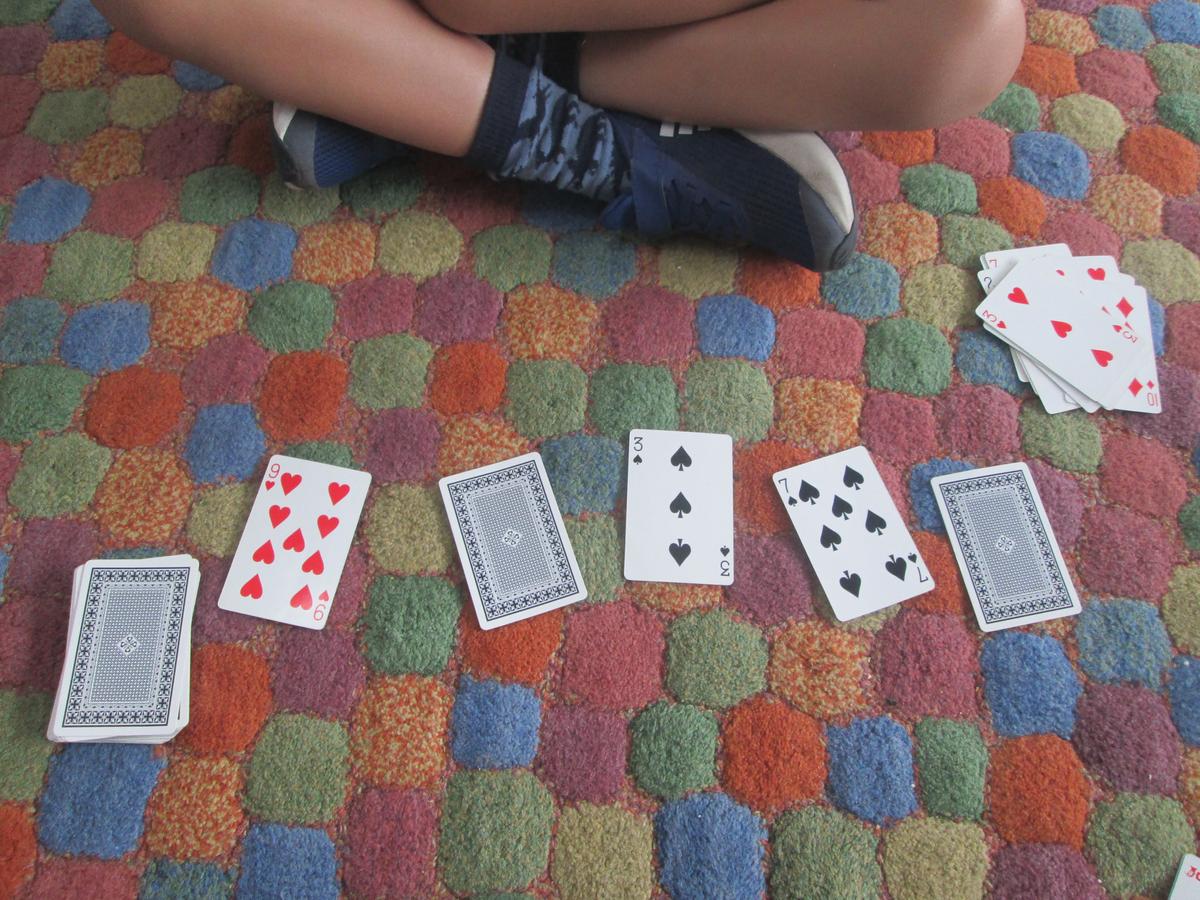
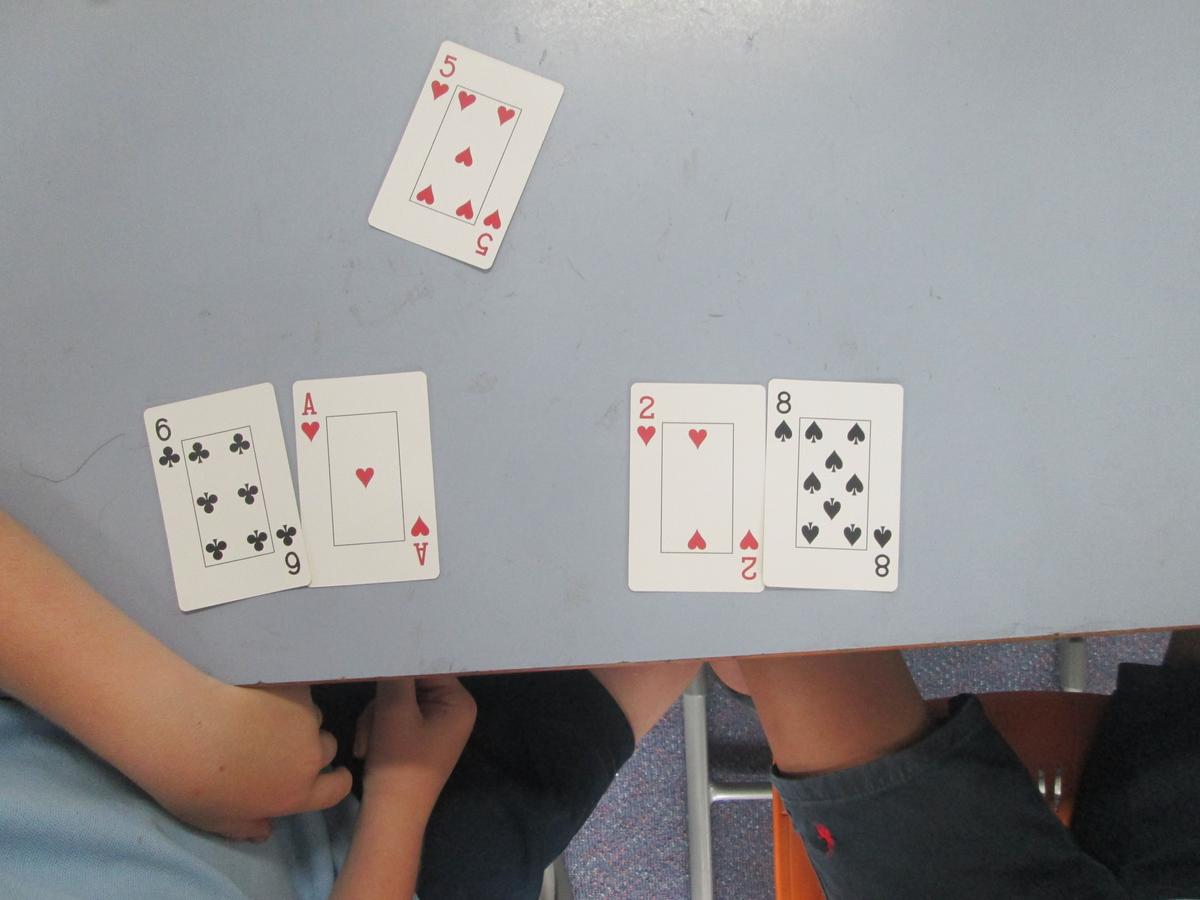
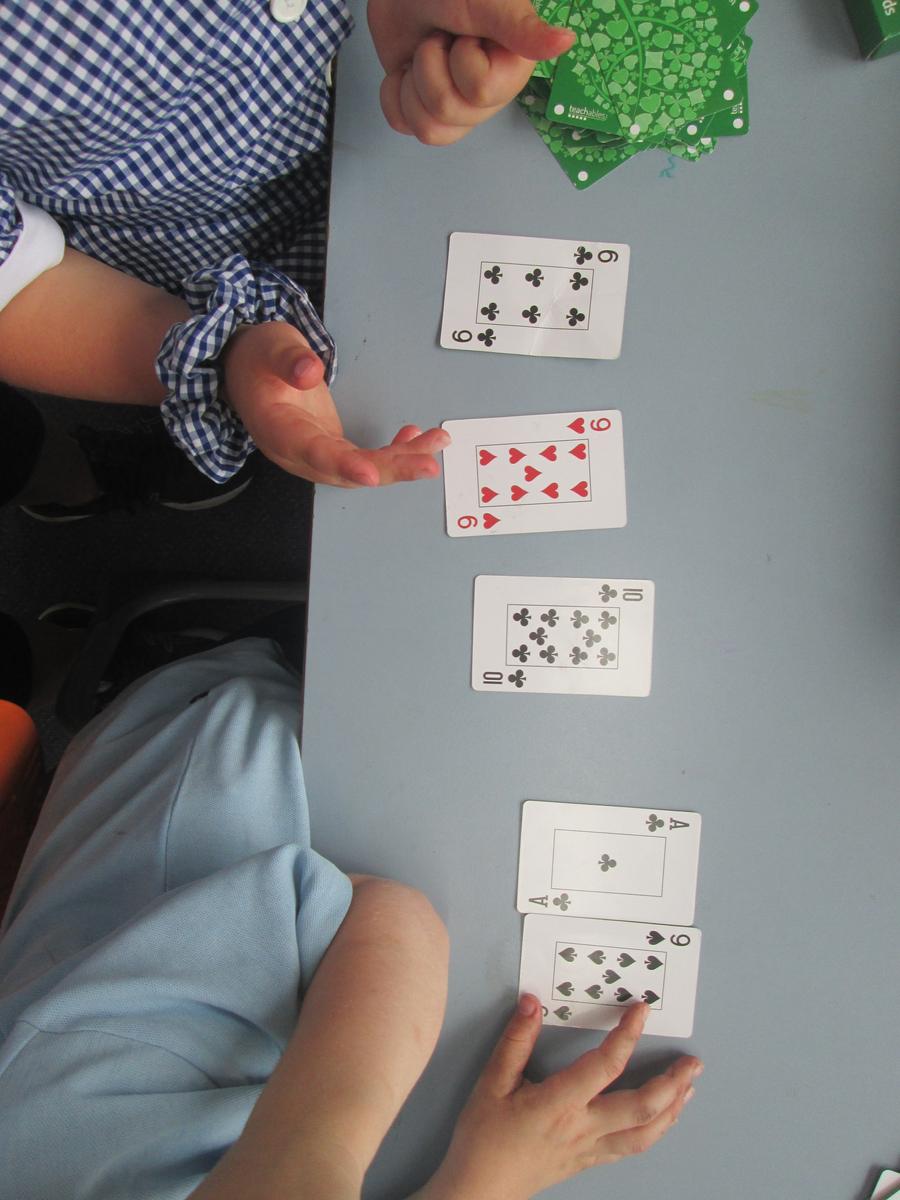
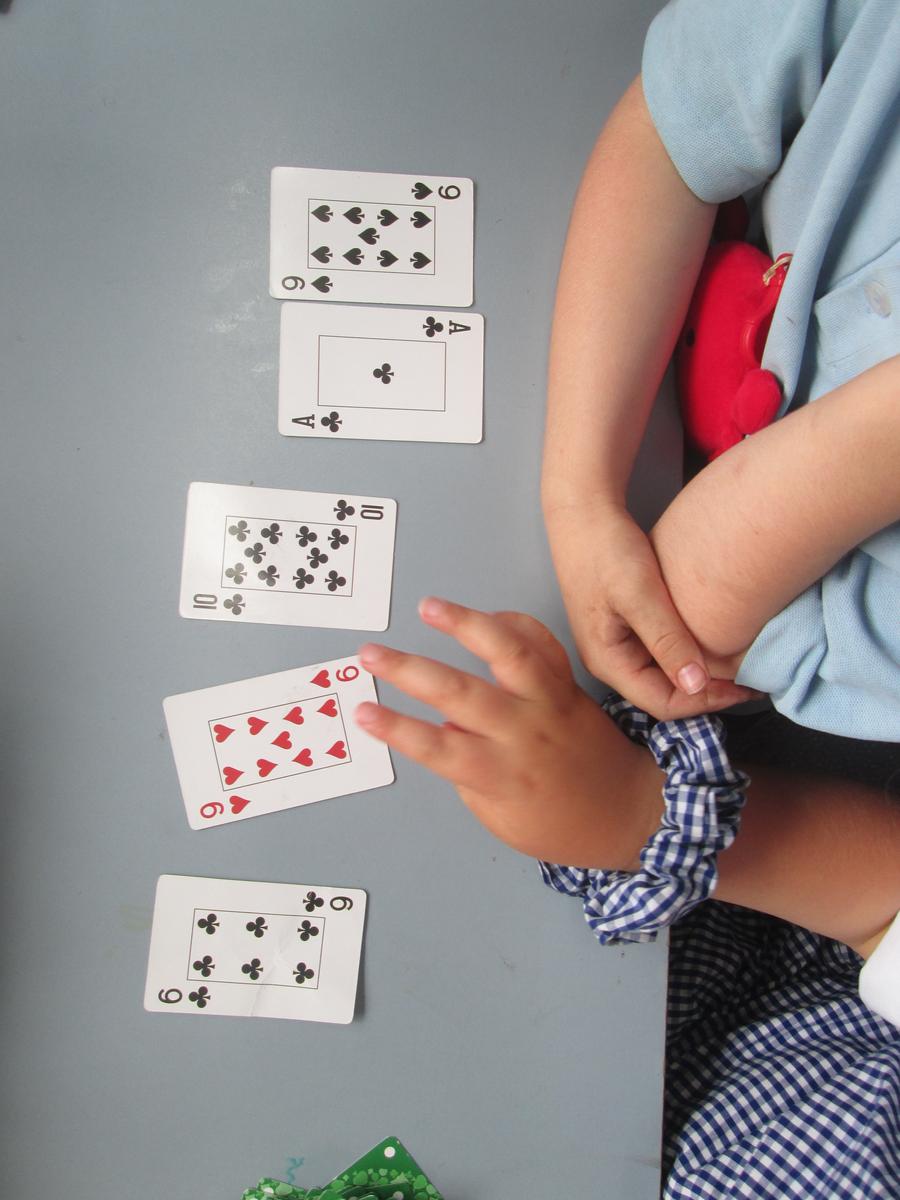
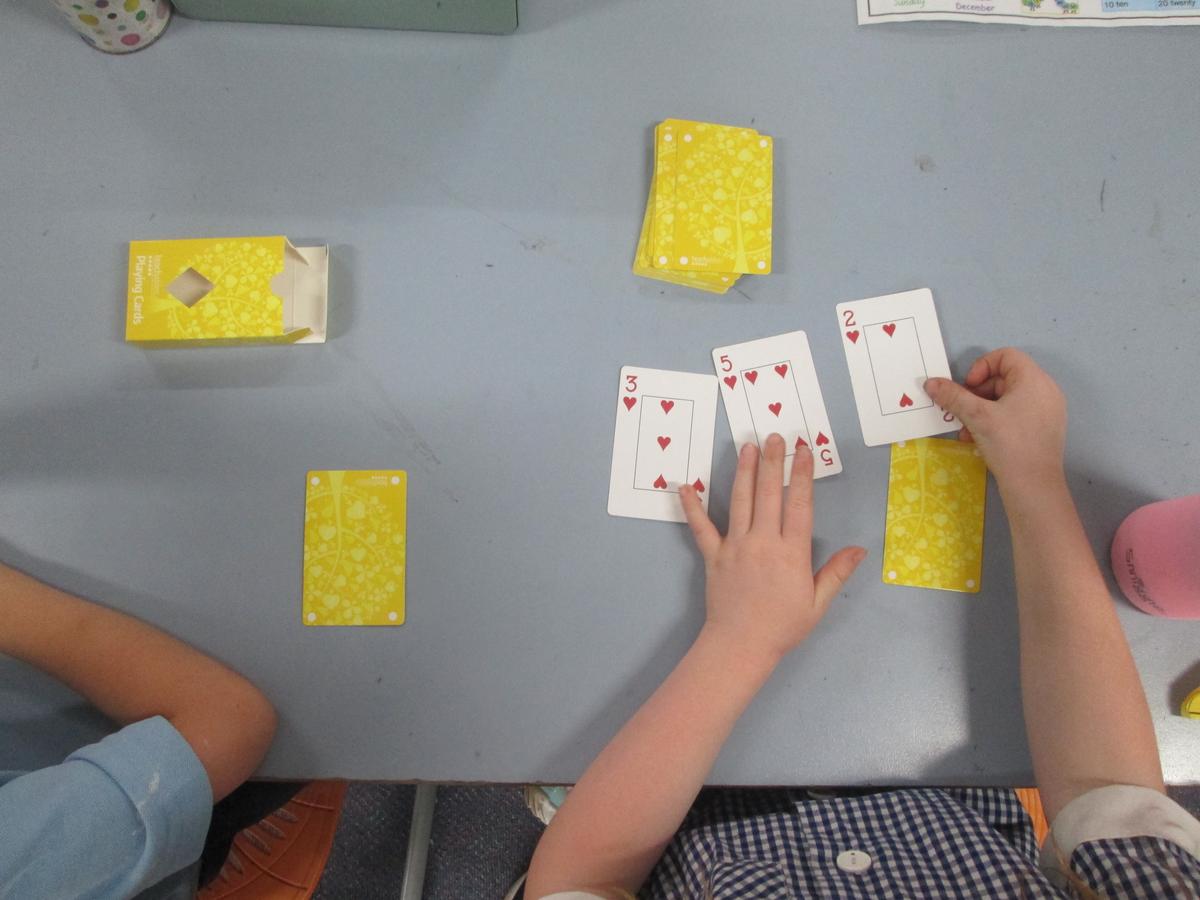





Task: After the fluency game, the students all came back to the floor and we modelled to the students the strategy of using counting on and counting back when adding or subtraction 2 numbers.
On the whiteboard, a number line was displayed for the students to view. An equation was selected from the worksheet they would be completing and written below.
For example 8 - 2 = ?.
On the numberline we showed how we begin at 8, and then showed the 2 hops down the numberline to find our answer which was 6. It was explicitly explained that there was is a connection between addition and subtraction so they numbers in the addition equations will be used in the subtraction equations they form.
We modelled 2 more for the students so they could see how we can use the strategy of counting back with the support of a numberline and see the connection between addition and subtraction.
Small: Students were then each given a copy of the worksheet and a numberline to support them through solving each of the equations. The sheets provided them with the addition number sentence, which they would use along the numberline to solve the questions.
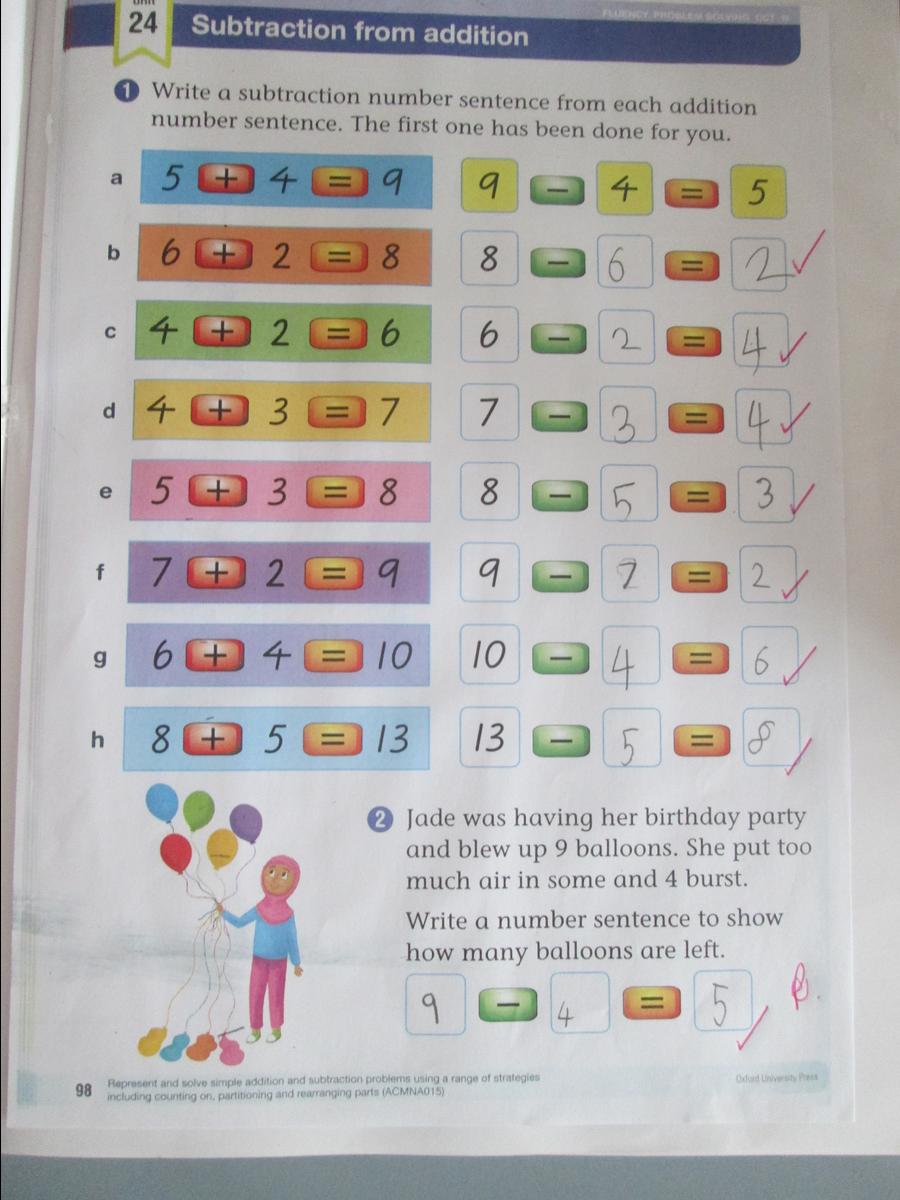
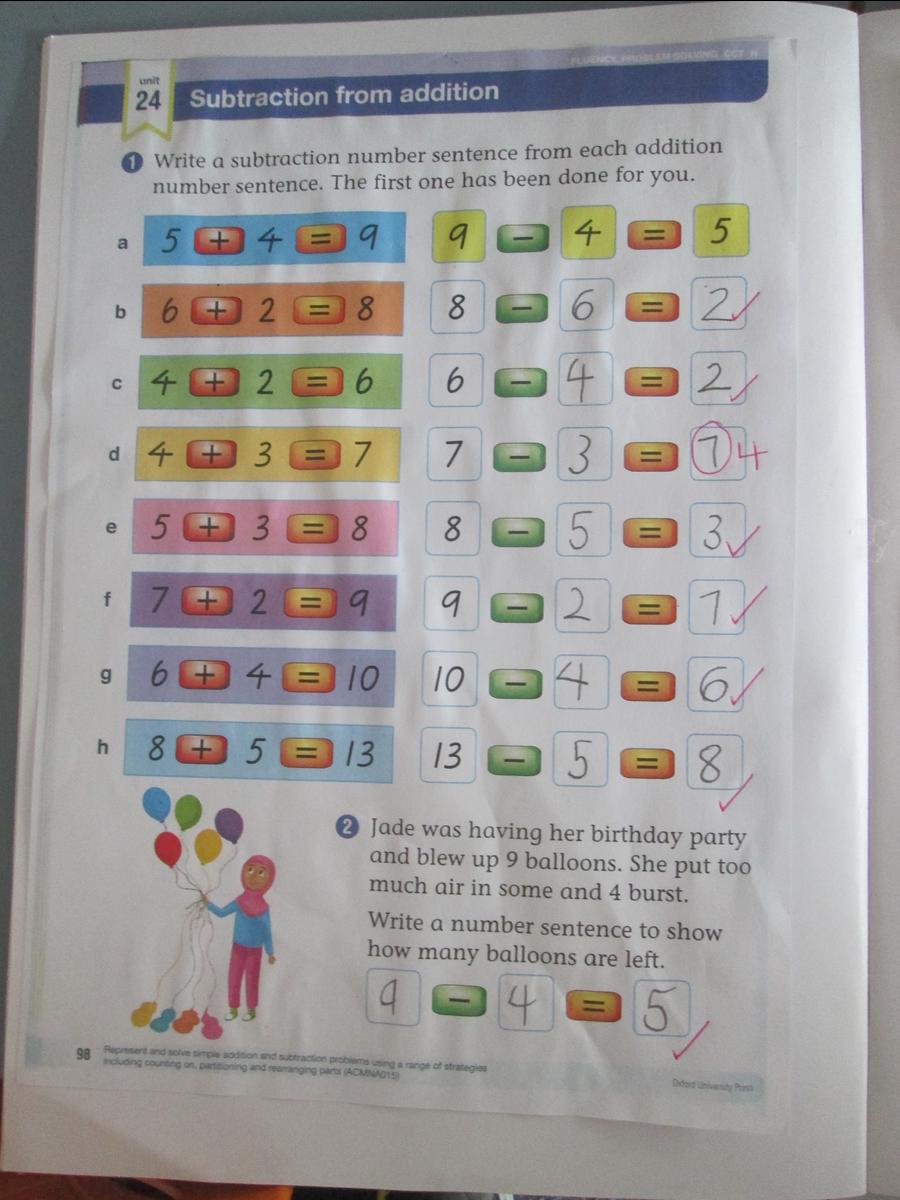
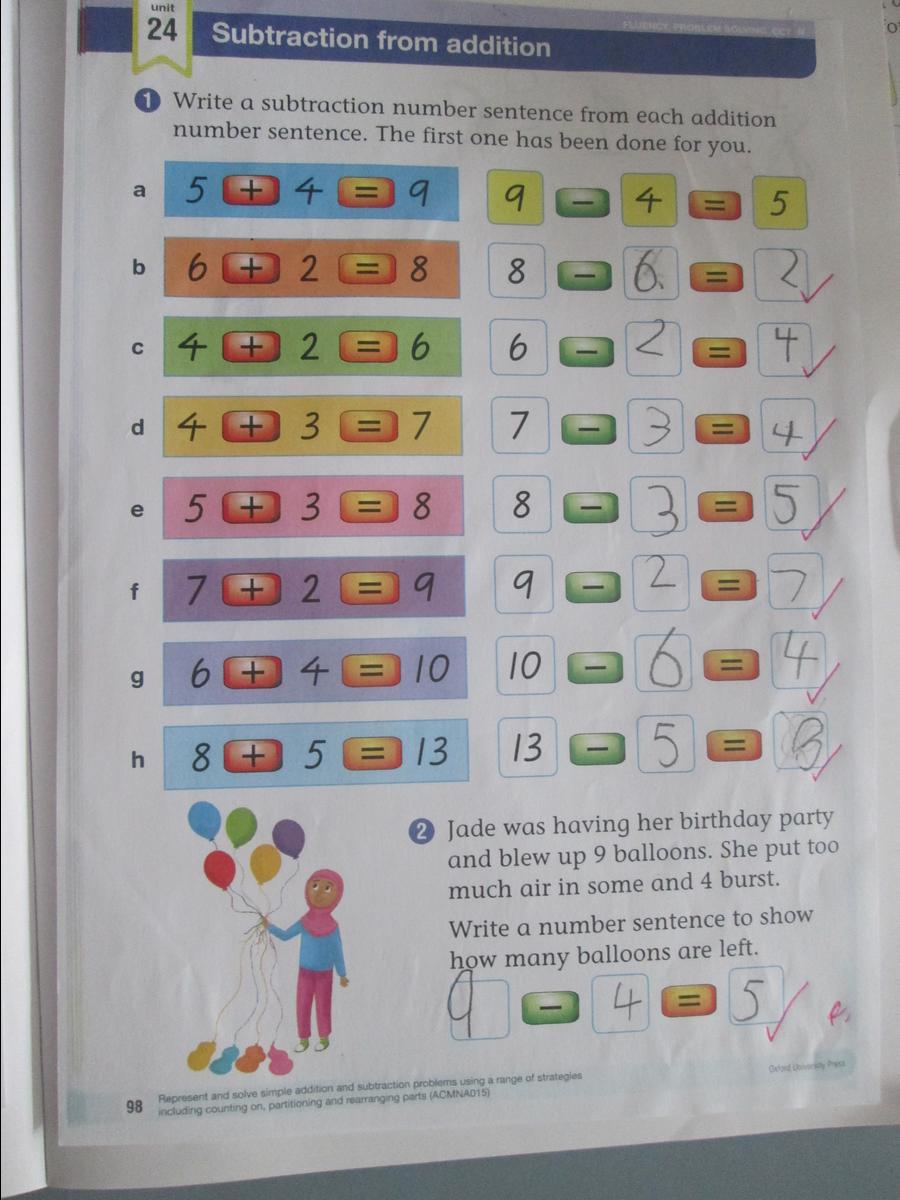



Whole:
Shared Reflection: 3 students were selected to come up and share to the class their answers and were asked to prove it to their peers using a numberline.
Prompts:
During fluency game:
Task:
How you might like to continue learning at home:
Year 1 Team
Rosanna, Jarryd and Stef
stephanie.lampard@education.vic.gov.au
rosanna.caruso@education.vic.gov.au
jarryd.lamb@education.vic.gov.au